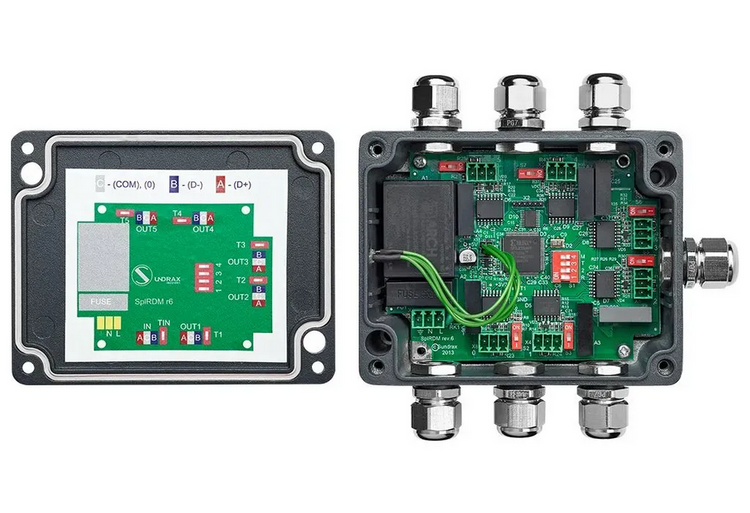
Stage lighting is a practical language: the lighting designer controls a set of operable properties to compose meaning on stage. These properties form the designer’s toolbox – angle, brightness, form, colour, movement, rhythm, composition, and focus of attention – and each can be used alone or in combination to direct perception and emotion.
The first task is to define which property will be dominant for a given moment. Angle sculpts form and shadow; brightness sets hierarchy and adaptation; colour provides emotional tone; movement and rhythm govern time and tempo; composition orders visual relationships; focus decides where the audience looks. A deliberate selection – not maximalism – produces clarity: “necessary and sufficient” lighting is often the strongest.
In practice this means documenting intentions early: list the lighting positions you will use, decide which property carries the dramatic weight for each beat, and plan transitions so audience adaptation and visual fatigue are accounted for. The lighting plot becomes a score of choices, not a mere inventory of instruments. Minimalism with intention preserves tension and legibility.
Editor: Alex Deno, Founder Sundrax. Series produced under the patronage of Sundrax Entertainment. Visit our blog for gear reviews and workflow guides.
